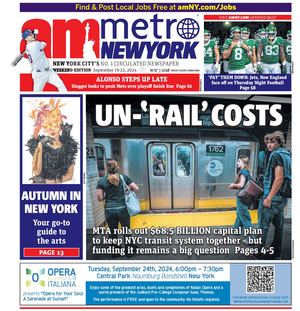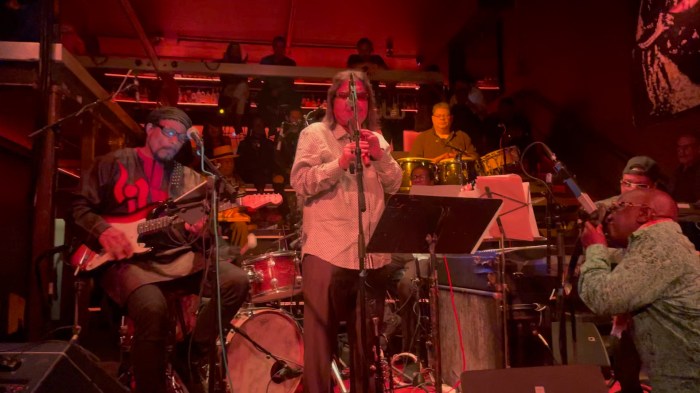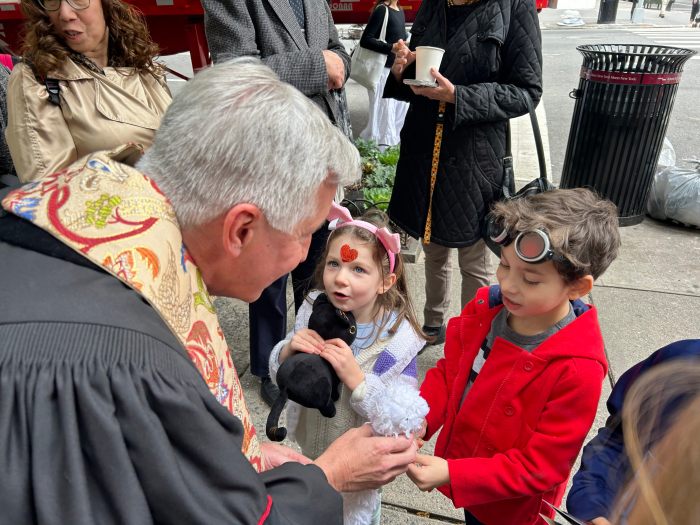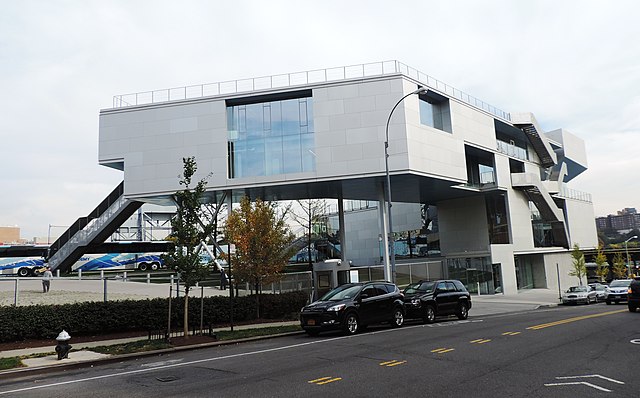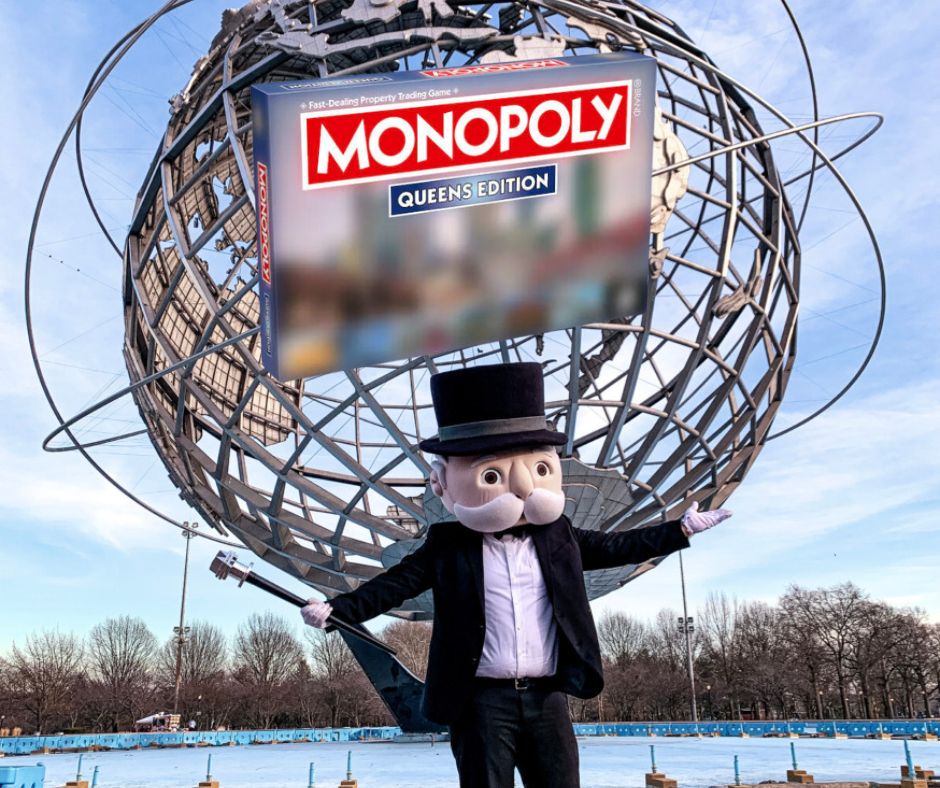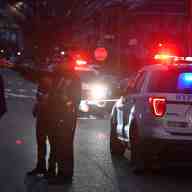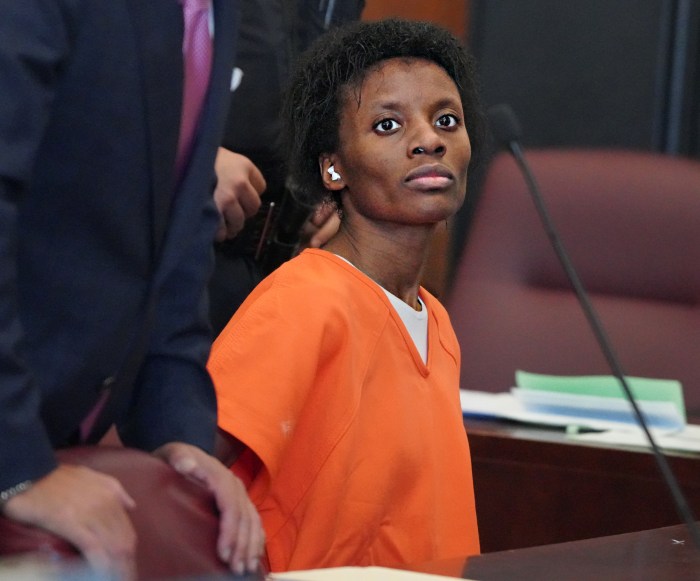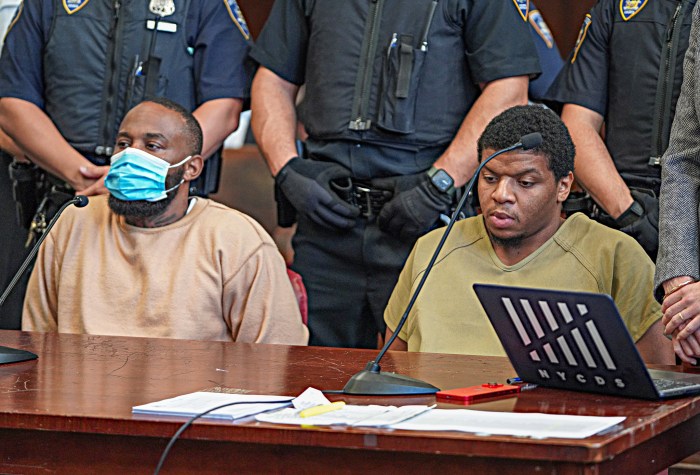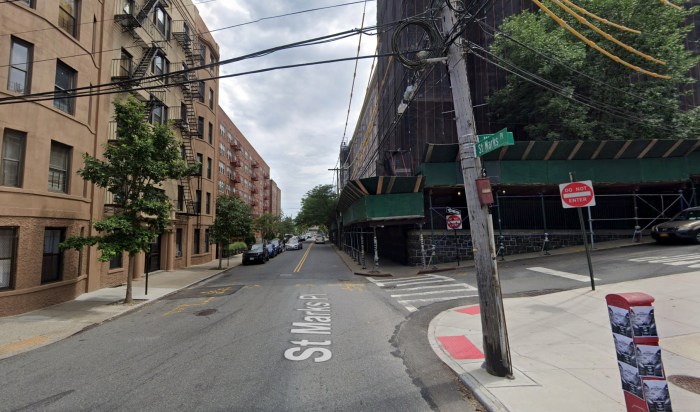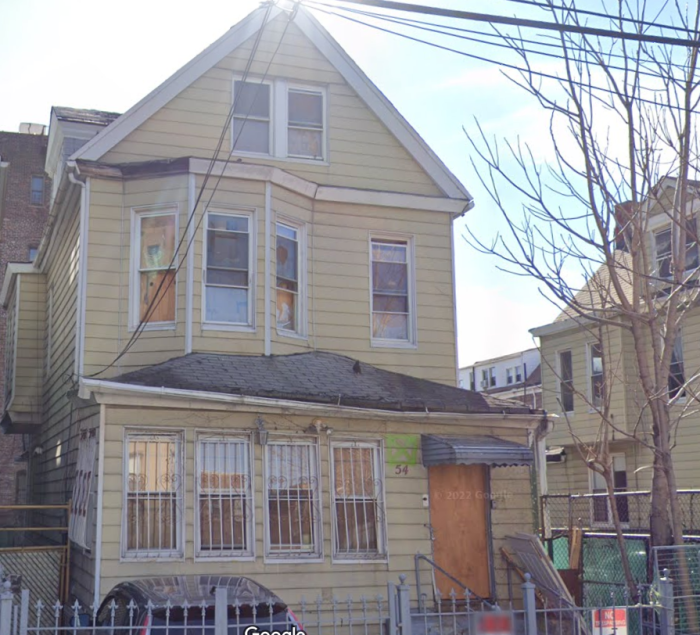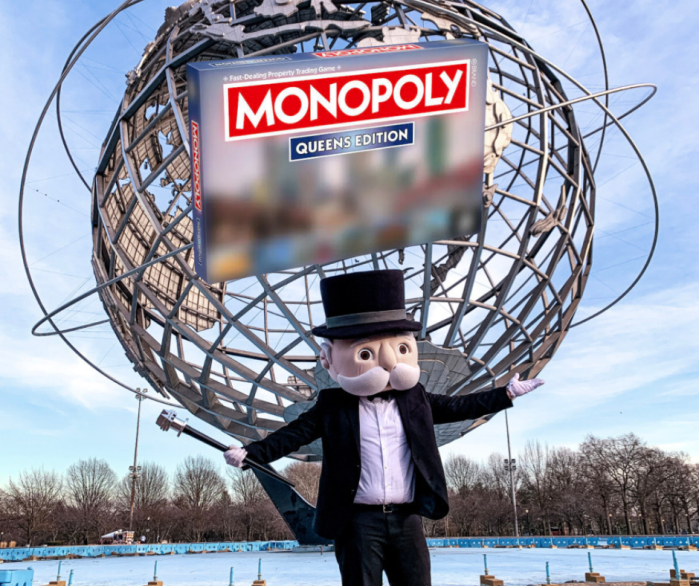
BY DUSICA SUE MALESEVIC | It is almost Shakespearean in nature, except while Hamlet was musing on the existential nature of humanity, for “floored” and “blindsided” residents of W. 15th St., the question is: Where will traffic go when 14th St. becomes bus-only for rush hour during the L train shutdown?
“I don’t think it is realistic to reroute traffic to a single-lane residential street. Where is it going to go? That’s the question,” Janet Charleston, who has lived on W. 15th St. since 1987, said.
For residents on side streets bordering 14th St., the proposed mitigation plan the city’s Department of Transportation (DOT) and the Metropolitan Transportation Authority (MTA) released earlier this month is raising questions and concerns. Starting in April 2019, the tunnel that connects Brooklyn and Manhattan, known as the Canarsie Tunnel, will be closed for 15 months to repair damage from Hurricane Sandy.
Kimon Retzos is the co-president of the West 15th Street 100 and 200 Block Association, and has lived on the street between Sixth and Seventh Aves. since 1995. He said in a phone interview that people were “floored” by the plan that was released and, “We’re back to the same issues that we started with.”
The issue is what happens to displaced traffic with the restrictions on 14th St., Retzos said. “There is no provision for that,” he said. “It’s the elephant in the room that is being ignored.”

When asked where cars and other vehicles will be rerouted while the street is bus-only during rush hour, Brian Zumhagen, a DOT spokesperson, said in an email statement, “DOT will not be actively rerouting drivers to particular alternative streets, but will instead make the 14th Street thru-traffic restrictions clear to the public using a robust marketing campaign, on-street messaging, and enforcement.”
He added, “The repair of the Canarsie Tunnel will place an unprecedented demand on the full 14th St. corridor. Based on DOT and MTA’s traffic modeling, DOT has determined that limiting vehicle access to 14th Street strikes the best balance to support a projected 84,000 bus riders, and to improve pedestrian and cyclist safety, maintain access for local businesses, and to limit spillover traffic on neighboring streets.”
Zumhagen also noted that the exact hours of what is being called the “busway” is still under consideration. According to the plan, “The core of 14th Street (3rd to 9th Avenues eastbound and 3rd to 8th Avenues westbound) will serve as an exclusive ‘busway’ with rush hour restriction, with bus lanes and Select Bus Service (SBS) added there in the next year.”
Christine Berthet, co-chair of the Community Board 4 (CB4) Transportation Planning Committee, said that she expects that the DOT will present to the board about the plan, and there is still a fair amount of time until work is slated to begin in 2019.
Berthet said it is clear that there is going to be a lot of traffic on those streets and residents should be concerned. “No matter which was you look at it, 15th, 16th, 17th streets are going to be affected,” she said.
The board would like to see what mitigation measures the DOT will be applying for those side streets, she said. “We have to take some drastic measures [so] that those residential streets are not overwhelmed, not swamped by traffic,” she said by phone.

Councilmember Corey Johnson’s office declined to comment for this article.
Retzos pointed to what happened about two years ago when W. 17th St. between Seventh and Eighth Aves. was closed due to construction work for a condominium project. There was gridlock — and that was just one block, he said.
“I think the neighborhoods are going to be screwed,” he said.
Another issue is that W. 15th St. is not built to handle more vehicles, and there are concerns about damaging the foundation, and, possibly, the utilities, such as gas lines, that run underneath. “Our streets are not made for the increased traffic,” Retzos said. “They are not reinforced.”
Charleston agreed, saying the street was not constructed to take that weight.
The street already has traffic problems, she said. “We have a lot of illegal bus and truck traffic already,” she said by phone. “When the big huge trucks [go by], the buildings rumble and shake.”
Charleston pointed out that W. 15th St. is the next westbound street, and there is a bike lane slated for W. 13th St., which is also westbound. The DOT “will add Manhattan’s first two-way protected crosstown bike lane to 13th St.,” according to the plan.
Currently, cars get backed up on the street, she said, and “People just lay on the horn and they don’t let up until they get through.”
In addition to the noise, there are other quality of life issues, Charleston said, including pollution from the fumes. Safety is also paramount as, she noted, “There’s a lot of pedestrians and dogs and bike lanes and I don’t think it’s safe to have that kind of traffic here.”
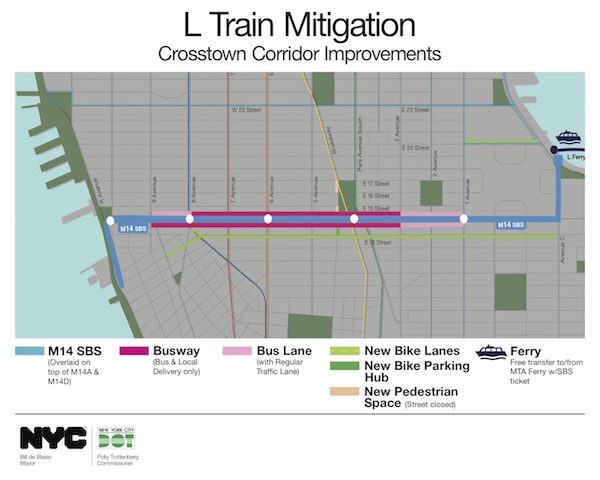
Stanley Bulbach, a longtime resident of W. 15th St., said the block knows what issues need to be addressed — it went through this before, around 1990, when all of 14th St. was redone, he said.
“It was to last 15 months but lasted two and a half years,” Bulbach, who has lived on the block since 1969, said. “During that time, traffic was routed everywhere except 14th St.”
Bulbach told this publication late last year, when he retired as the head of the block association, that the city rerouted traffic to 15th St., and he and his neighbors contended with the concerns residents have now: an increase in traffic, and the air pollution and noise that accompanies it.
In October 2016, Transportation Alternatives, a nonprofit focused on pedestrian and bicyclists advocacy, presented its plan to CB4 for what was dubbed “PeopleWay,” which would have banned cars and trucks on 14th St. during the L train shutdown, and made the street available for buses, cyclists and pedestrian use. Bulbach said then that the block association “vigorously” opposed that proposal.
“We don’t feel represented at CB4[’s] Transportation Committee,” Retzos said.
In response, Berthet said, “It’s hard to understand why.” She said the committee has sent numerous letters, many of which were “focused on 15th St. and the side streets.”
Bulbach said, “I think the way to proceed is to have a serious discussion with those who live on 14th St. and near 14th St. to cast sunlight on all the many serious aspects that have not been discussed.”
Charleston, who is also a member of the block association, said they have meet with residents from 12th St. “We need our concerns to be heard,” she said.
Retzos said the recently released plan emphasizes cyclists and commuters, but neglects the neighborhoods that it will affect. He said he would like the agencies to “consider the residents and businesses bordering 14th Street.”
“It’s an incomplete plan,” he said. “It’s incumbent on elected officials and the agencies to be straight with us.”
He added, “We fear it’s going to be a complete disaster when it starts.”
